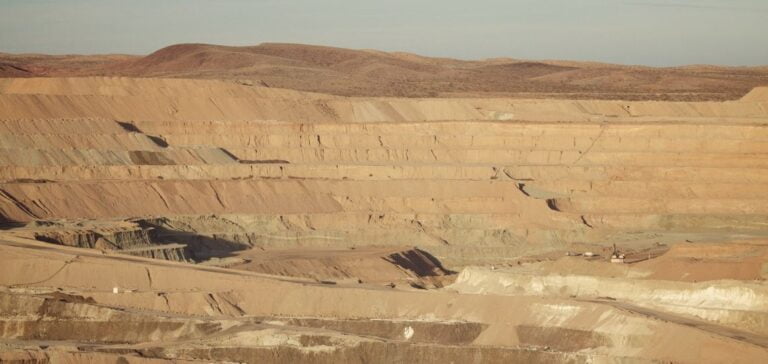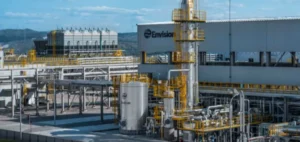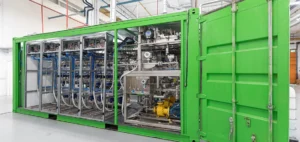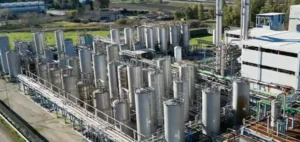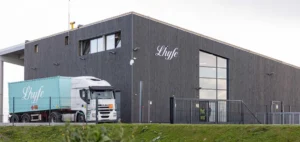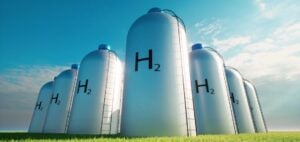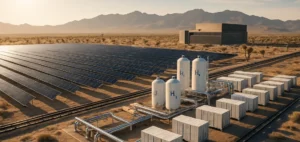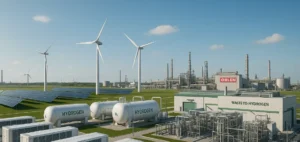Element Resources, a company at the forefront of green hydrogen production, recently signed a surface lease agreement with Rio Tinto for the use of a site at the U.S. Borax mine in Boron, California. The collaboration involves the installation of a green hydrogen production facility, powered by a dedicated, stand-alone solar power plant located on the same site. The project will begin with an initial study period to assess the commercial viability of the plant, with the aim of developing an industrial-scale production plant.
Green Hydrogen Development and Ecological Impact
Element Resources’ planned facility aims not only to produce green hydrogen, but also to accelerate decarbonization efforts in California and the surrounding region. The choice of location takes advantage of considerable space and exceptional solar conditions, ideal forlarge-scale hydrogen production. Renny Dillinger, Managing Director of U.S. Borax, underlines Rio Tinto’s commitment to this promising technology and its contribution to their journey towards net zero.
Technology and Innovation from Element Resources
Element Resources is not only a key player in hydrogen production; the company also innovates in technologies that support the production of carbon-free fuels. With patents for low-cost, high-capacity underground hydrogen storage and more economical electrolyser catalysts, Element is positioned as a leader in the green hydrogen sector. Founder, President and CEO Steve Meheen expresses his confidence in the development of an industrial-scale green hydrogen solution that will be powered by solar energy, illustrating the company’s commitment to innovative and sustainable energy solutions.
Future prospects and commitments
This partnership between Element Resources and Rio Tinto U.S. Borax represents a significant step forward in the advancement of hydrogen as a viable alternative to fossil fuels. The project demonstrates a model of cross-industry collaboration that could serve as a benchmark for other decarbonization initiatives across the U.S. and potentially on a global scale. The agreement between Element Resources and Rio Tinto to develop a green hydrogen production facility in Boron, California, is more than just a business transaction; it symbolizes a strong commitment to a cleaner, greener economy. With its significant potential for green hydrogen production, this project marks a decisive turning point in the region’s decarbonization efforts.

